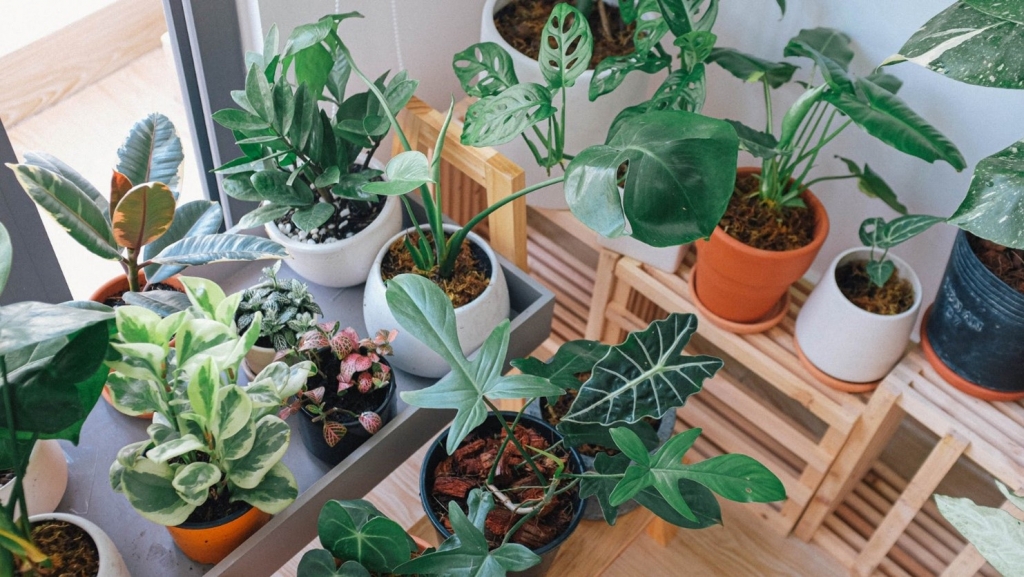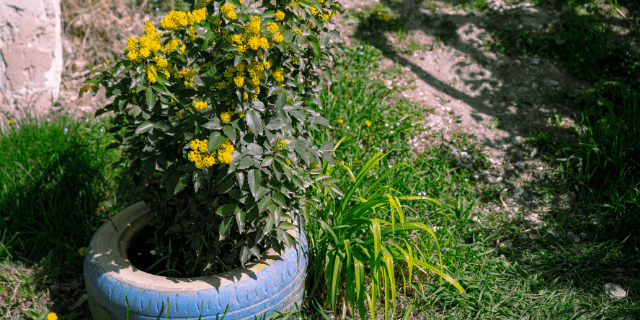Summer has officially arrived, as shown by the rising temperature levels. Even though it brings with it buds, flowers, and foliar development, it also brings a unique set of difficulties. As a result, it’s time to put your plants into summer mode to withstand the heat more effectively.

Although sun-loving plants such as cactus, succulents, and Croton variants enjoy soaking up Vitamin D, indoor plants may not like the excessive heat. Because direct sunshine tends to curl and crisp the leaves of these shade-loving types, tropical indoor plants grow best in indirect or filtered light.
In the tropical country, however, not all is gloomy. To ensure that your plants survive the summer months, you can make some recommendations and safeguards in preparation.
Humidity levels are high
Purchasing a humidifier at this time may be a wise decision. Allow us to explain. The lack of humidity creates concerns such as leaf curling and browning in tropical plants such as Fittonia, ferns, Caladiums, and Peace Lilies. Although spraying these leafy plants multiple times a day is an option, a humidifier will do the job just as well if you are a busy plant parent. Organize all of your plants into a group and place them in front of a humidifier for 3 to 4 hours.
Thorough Watering
Regularly watering your plants may make or break their success. When it comes to summer, additional moisture goes a long way in keeping things comfortable. Even though over-watering is very effective in destroying plants, the higher day temperatures seen during this season cause soil moisture to evaporate more quickly, resulting in dry root ball formation. Make sure to water your plants well and wait until the excess water drains out of the drainage holes and into the bottom plate of the container before moving on. After that, remove water after 15-20 minutes to ensure that the plant has absorbed all of the moisture it requires.
Some plants need more regular watering than others because they are more thirsty. Keep a careful eye on the plants that tend to droop often and adjust your watering schedule as needed. When watering your pots, always check to see that the top third of the soil is dry to the touch before proceeding. Changing the location of your plant if it is next to an air conditioning vent is a brilliant idea. In addition to the summer heat, dry drafts play a role in the decomposition of dried leaves.
Light Therapy Treatment
The shade will not be a good fit for all of your plants, and the sun will not be ideal. For a happy and healthy plant, it is essential to understand which types of light are preferred by specific plants. Not to add that plants are also susceptible to sunburn!
The most significant natural light enters via west and south-facing windows and balconies. To create a warm microclimate, move your sun-loving flowering plants, Crotons, Jades, Succulents, and Cactus to one of these areas. The shade-loving plants, such as palms, fiddle leaf figs, and coaches, demand filtered light and maybe brought inside or planted in north-facing zones in the garden.

Climate Modification at the Micro-Climate Level
Summer is a beautiful time for growing things, but your plants may not enjoy being in the warmest part of the home throughout the summer. Consider moving them to more excellent areas as the temperature rises to protect them from the extreme heat. It will be possible to alter the microclimate of your residences as a choice. Use sheer curtains to shield the windows during the day, and the curtains should be closed at night to keep your house cooler. You’ll feel a lot better, and the plants, in some ways, will benefit as well.
Fertilizing and repotting your plants
Ideally, you should be able to feed and repot your plants before the peak summer heat and before the plants enter the season. When plants are already struggling to survive in high temperatures, adding another rigorous activity to the mix might be detrimental to their health. Early spring is the ideal period to repot tropical plants, while the late monsoon season is the perfect time for the cold season.
Pruning process
Cut back, shape, and prune your plants just before the growing season to ensure that they produce beautiful flowers and new shoots throughout the season. It is necessary to prune away the dead sections of the plants that have died over the dormant cold season for the plant to re-establish growth. While it aids in general development, it also directs the plant’s focus away from the older nodes and branches to the younger ones. Be careful to trim your plants just before the summer season officially begins to guarantee a joyful and profitable growth season.
Now that you and your plants are summer-ready, it’s time to bring your garden to life. And if you are looking for a comfortable house and lot in the Philippines where you can be an all-out plantito/plantita, Camella is present in many locations nationwide. You will surely enjoy a life well-lived in Camella.


